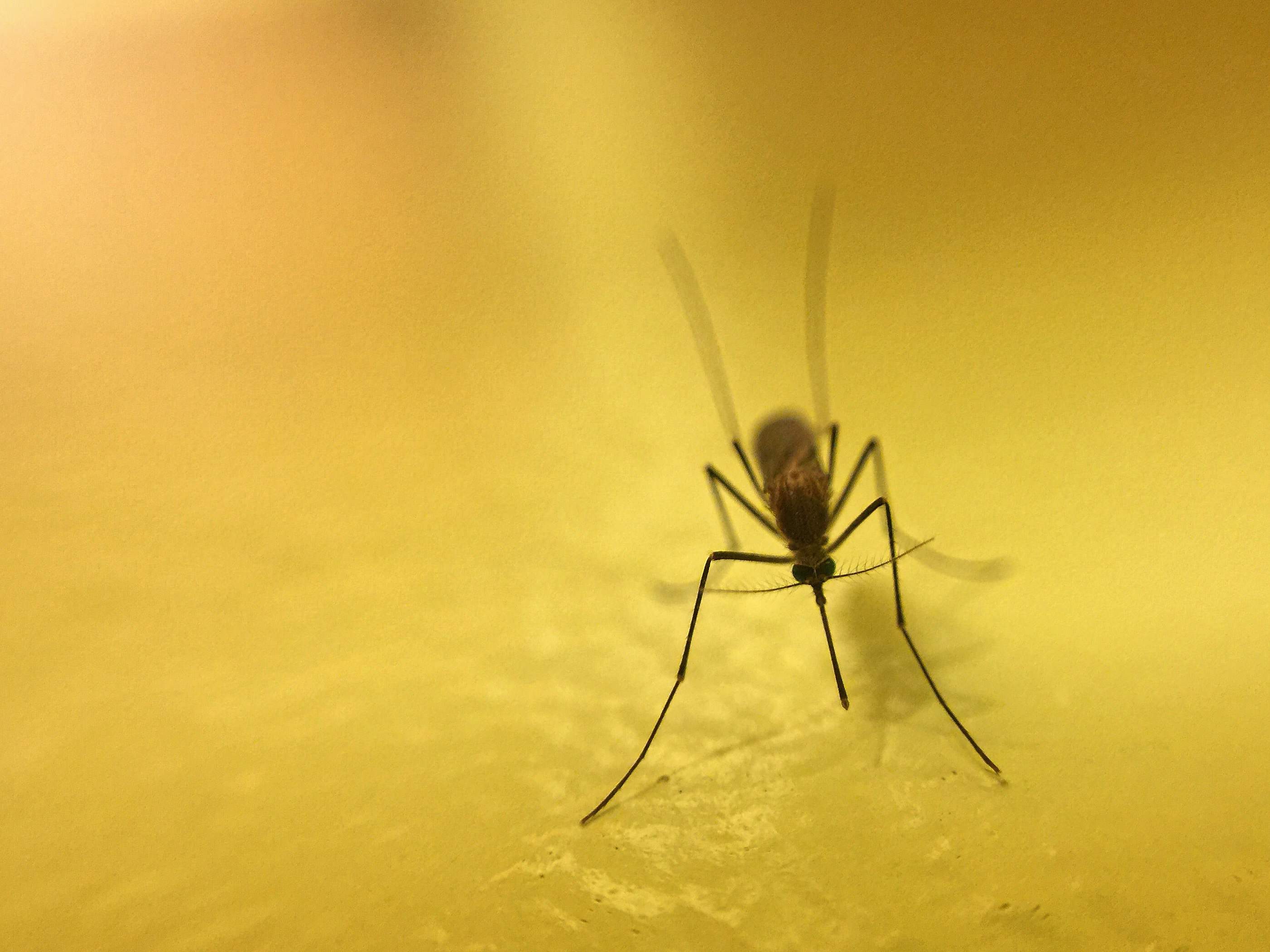When enjoying the great outdoors, make sure to watch out for bugs.
Insect repellent is a must.
When going on any outdoor adventure, or traveling in an unknown area (especially abroad) you should wear insect repellent. But, what type do you buy? According to the CDC, you should use EPA-registered repellents with 20% DEET (Cutter Backwoods and Off! Deep Woods). While for adults, spraying on repellent is easy, the same is not true for children. Children should never apply repellent themselves, and parents should avoid putting repellent on their children’s hands (because they put their hands in their mouths).
Sunscreen first, then repellent.
Don’t use products that are both sunscreen and repellent. Instead, apply sunscreen first, let it dry, and then put on repellent.
Cover exposed skin.
As much as possible, wear long-sleeved shirts, long pants, socks, and a hat. Tuck your shirt into your pants, and tuck your pants into your socks for maximum protection. Some bugs, such as tsetse flies, can bite through thin fabric.
Know what critters to expect.
When traveling or taking an outdoor trip, research what types of insects and parasites are found in the area. Different precautions are necessary for different critters. Always be prepared and well-informed when you are away from home.
Avoid sleeping or staying near bugs.
Try to stay in air-conditioned lodging with tight seals to avoid bugs. But if you must stay somewhere bugs can get inside, sleep under a permethrin-treated bed net that can be tucked under the mattress. When outdoors, use area repellents (such as mosquito coils) containing metofluthrin or allethrin.
Check for bed bugs.
When staying away from home, check for bed bugs. While bed bugs are not dangerous, they will make you itchy. Be sure to examine the fold of the mattress and sheets, look for moltings (skin that’s been shed) and rusty colored spots. Also, check yourself for bites.

